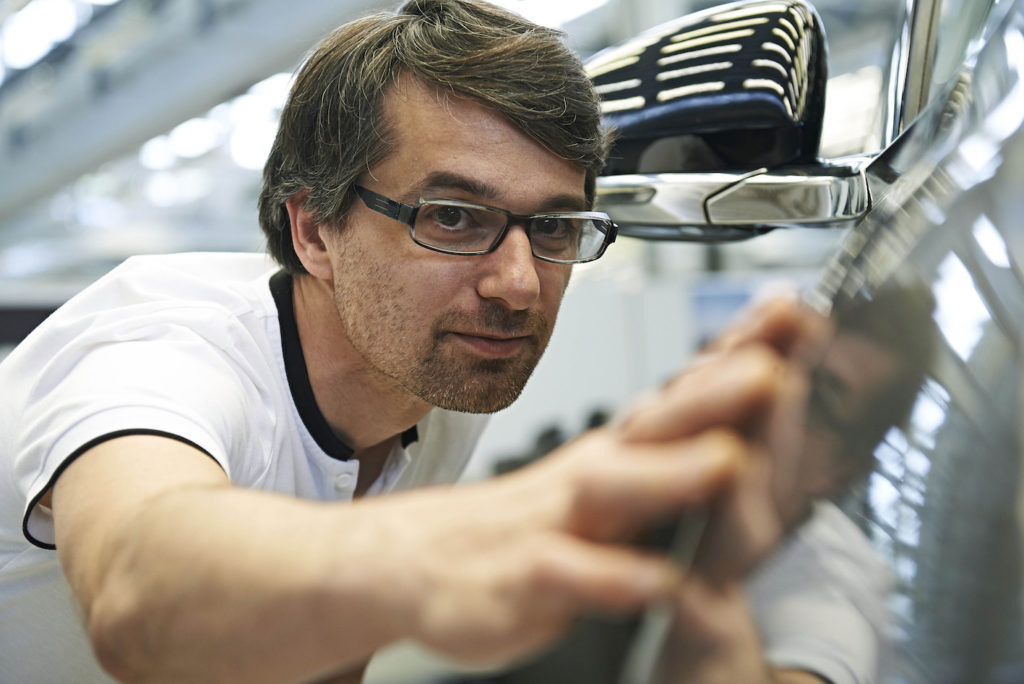The long interview with LIGNES/auto opened his microphone to François Leboine, who has been the new design manager of Renault concept cars since 2018.

Since 2018, François Leboine, who joined Renault on the eve of this new millennium, has been in charge of concept car design. For the general public, the concept car is a part of a dream! “It even goes far beyond that,”he says.“A concept car must enchant, make people dream as in our childhood, make everyone’s eyes shine! Design must produce these same emotions in its scketch; that’s what I’m looking for in the team’s proposals! “But before immersing us in wonderful dreams, François Leboine himself dreamed of drawing, but his training was not linear…
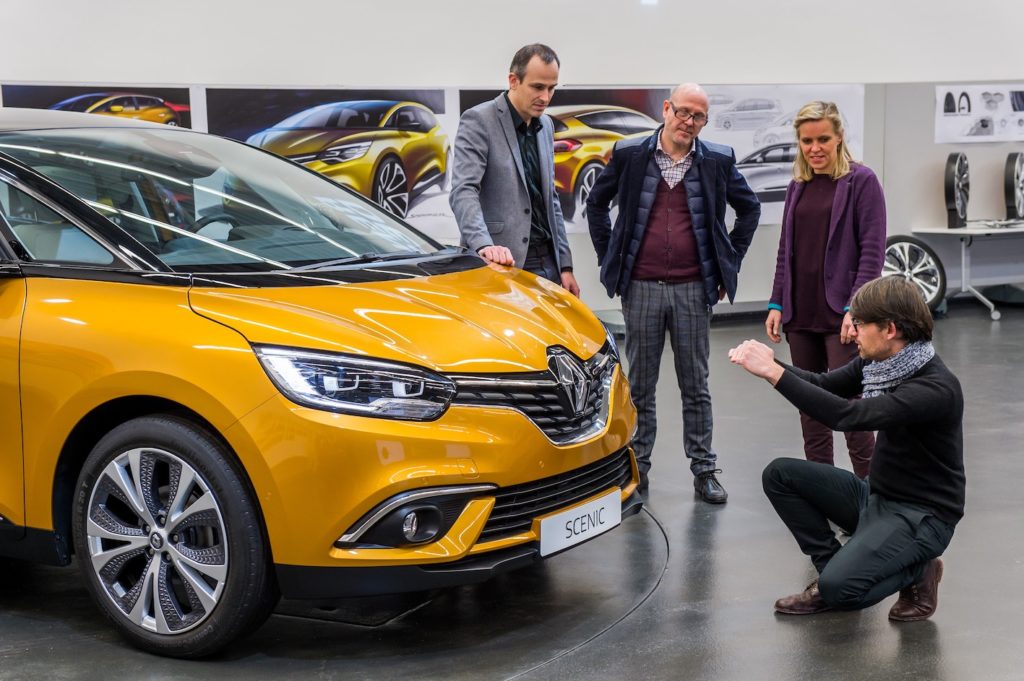
LIGNES/auto: The choice of your training was a little tricky ?
François Leboine: “I was actually one of the students who were quite good at school and therefore, unlike Guy Degrenne, I did not draw in the margins of my notebooks. However, I have always loved drawing outside of school. My parents encouraged me to go in an artistic direction, while my teachers, considering my results, wanted me to go even further in my studies… I’ve struggled quite a bit between these two orientations! »
What is the click that makes you switch at that moment ?
F.L.: “My parents were teachers. I remember my father bringing back Super8 movies from a national entity where he could get some back and show them to his students. He also brought some home, and I remember discovering a little Citroën promotional film on the creation of the BX, with a section on aerodynamics and design models. I discovered the world of style through these films! »
So, you’re taking the plunge into a design school ?
F.L.: “No, not directly. I lived in the heart of Normandy, there was not yet the Internet and no magazine dedicated to design. These films were the only source to know this universe. It wasn’t just car movies : my father had a lot of archives on the conquest of space ! A third part of my culture at the time was his documents on the Second World War : I was passionate about vehicles, cruisers, tanks… I even remember his archives on the construction of the battleship Bismarck!” (below)

Which school are you going to then ?
F.L.: “I followed an art program in high school, two hours a day! It was a period when we did everything with our teacher : record covers, plaster car models, my first sketches… I even invented my own car brand, with my own logo. It had my name on it. When you’re a child, you don’t doubt anything ! Then I went to school to pursue my dream : a high school of applied arts and the Olivier de Serre school in Paris. I was there at the same time as Stéphane Janin, by the way ! (ensaama: http://www.ensaama.net/site/)
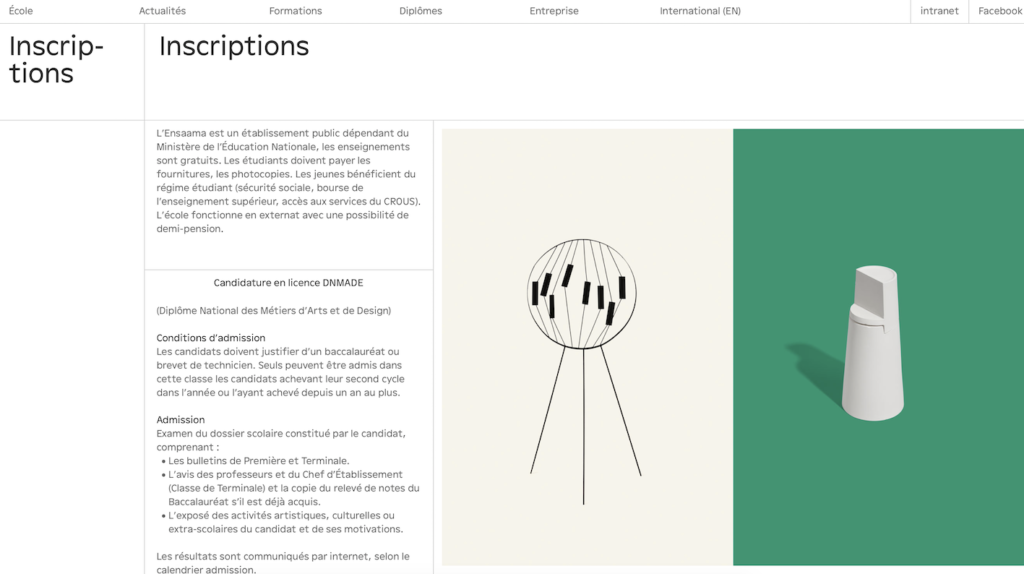
Is this the moment you walk through the doors of Renault design ?
F.L.: “No, I’m joining the MDB agency ( https://mbd-design.com) which designed the Korean TGV. I worked there for three years. The team appreciated I believe my duality between the crazy artistic fibre and the technical side of the designer. However, I still hadn’t reached my dream of drawing cars. I understood that one of the gateways to entering this environment was still schools. So I followed Stéphane Janin’s example, and left my job at MDB to go back to class at the Royal College of Art ( https://www.rca.ac.uk). Going back to school when you’ve already worked is the best thing you can do in your life! »
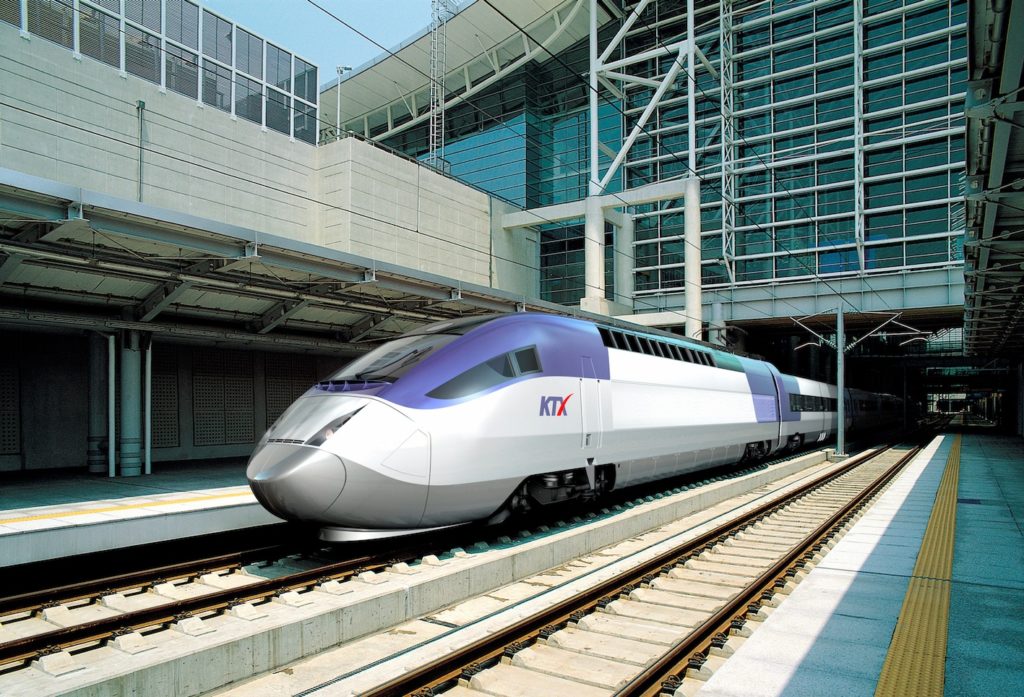
Why ?
F.L.: “We no longer approach school in the same way and teachers don’t treat you the same way either! There is a relationship of trust that is taking root, a kind of freedom. I spent two years there to get the master’s degree. For me, RCA was a school of personality development. That was the most important thing, to enter a place where people do everything, they can to give you a strong personality, with your own vision to approach projects. A student must take advantage of a school for what there is to take, but above all he must create himself. School is a means, not an end. »
From the Royal College of Art, you switch directly to Renault ?
F.L.: “No, not yet. After my first year at RCA, I had the opportunity to do an internship at Renault in 1998 with Anne Asensio. During my internship interview, I met Jean-François Venet, Michel Jardin and even Jean-Paul Manceau. I did my internship in the department that worked on the Mégane 2 and Patrick Le Quément liked my work. I was then sponsored by Renault for my second year of master’s degree. It was only after obtaining this master’s degree that I was hired by Renault in 1999. »
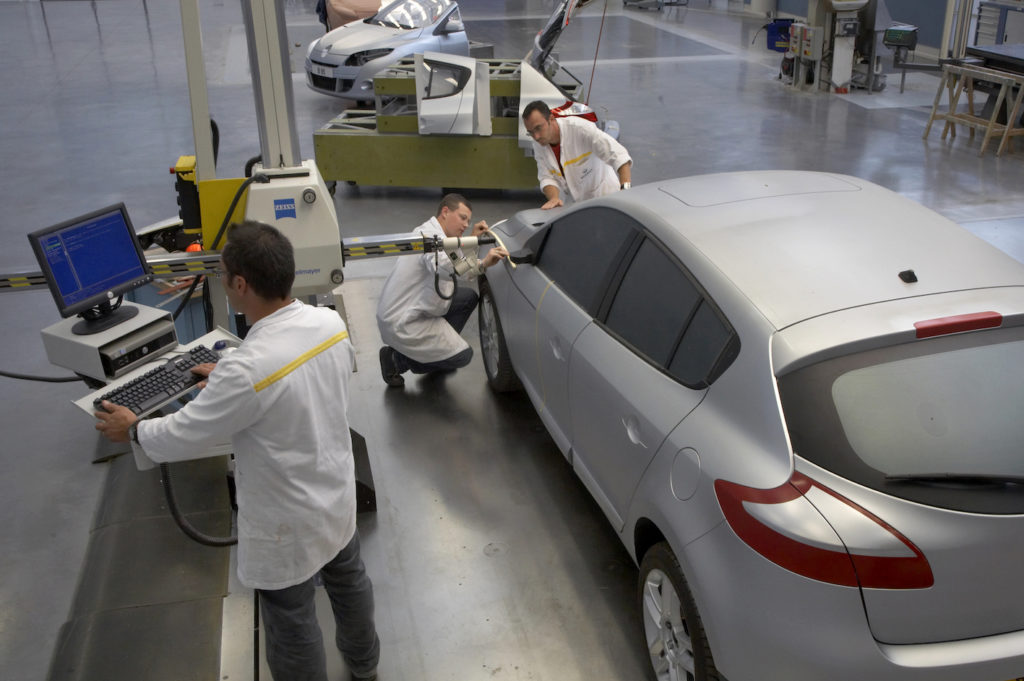
How does one evolve from a young designer to a concept car manager
F.L.: “First of all, I spend two years in the Mégane II studio where I produce the three-body version. Then I go to the Renault Design studio in Bastille, in the heart of Paris, for four years. First under the responsibility of Axel Breun, then Fabio Filippini. During these four years, prospective projects were developed, one of which was potentially planned to replace the Avantime ! In 2005, I returned to Guyancourt to take charge of the Mégane III program for two years… »
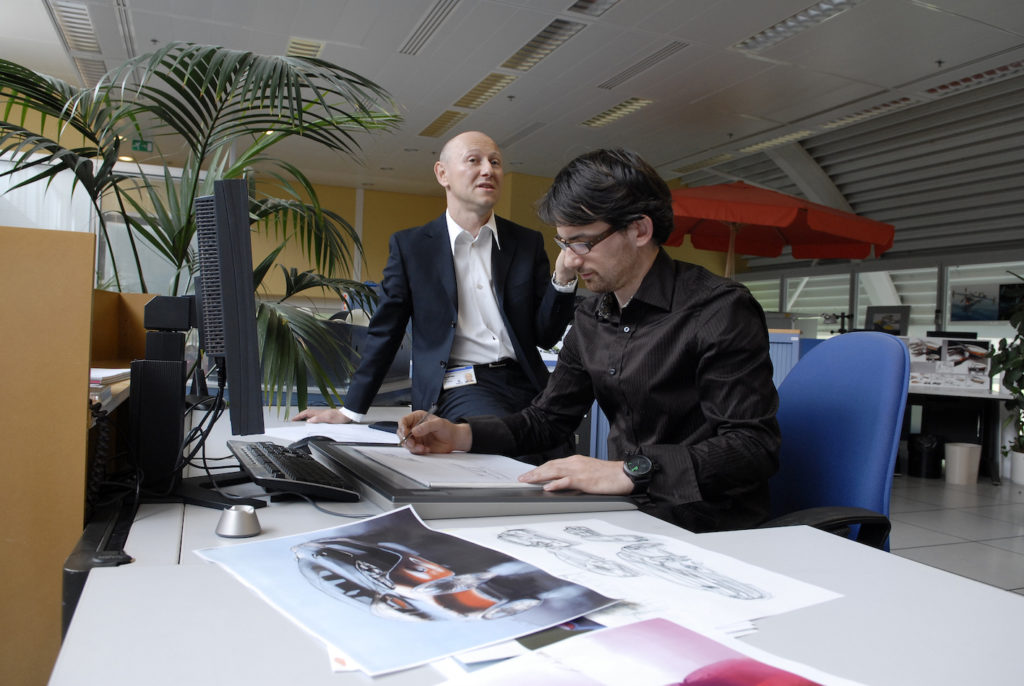
The Mégane III : in fact, you take everyone’s job by realizing the totality of the silhouettes !
F.L.: “It’s more complicated than that ! The program starts with a competition, as always. Sometimes you get held up, sometimes you don’t. I had the chance to continue on the development of silhouettes despite tough competition. In this program, the coupe was the iconic model that drew all the rest of the work. I learned a lot by working on the four Mégane III silhouettes at the same time. »
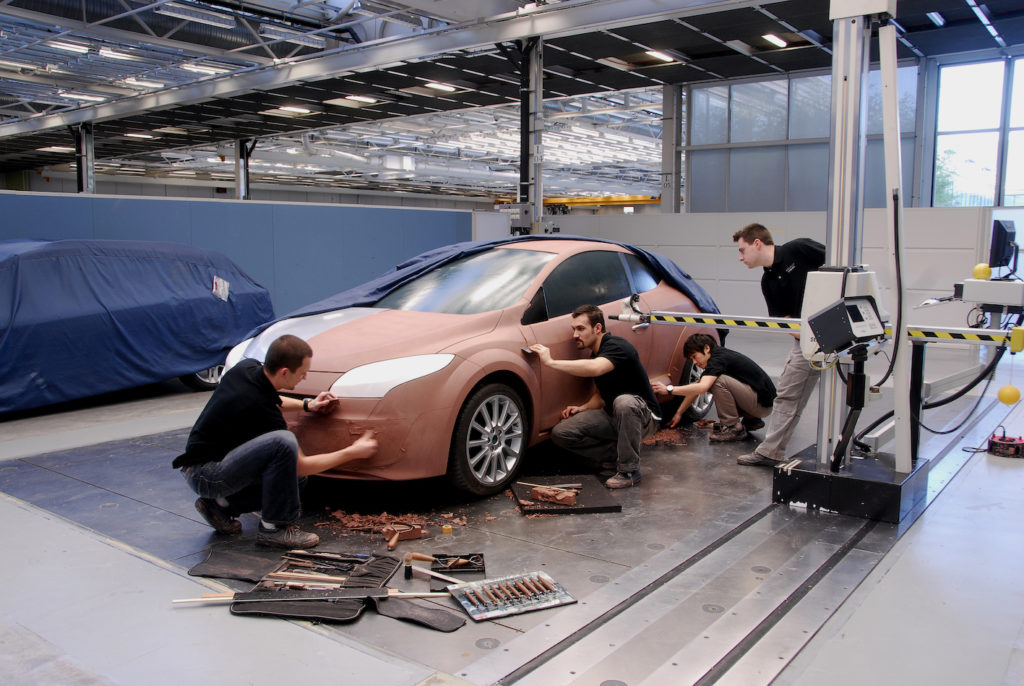
In fact, you’ve never experienced failure at Renault !
F.L.: “Yes, I have experienced failures… it is part of the designer’s work. The notion of competition is already present in the school, in the form of competitions. We also know that when we leave, with a diploma in hand, there will be no room for everyone, so competition is part of the game. This does not prevent a good relationship with others. We learn that very early, it’s part of our daily lives. »
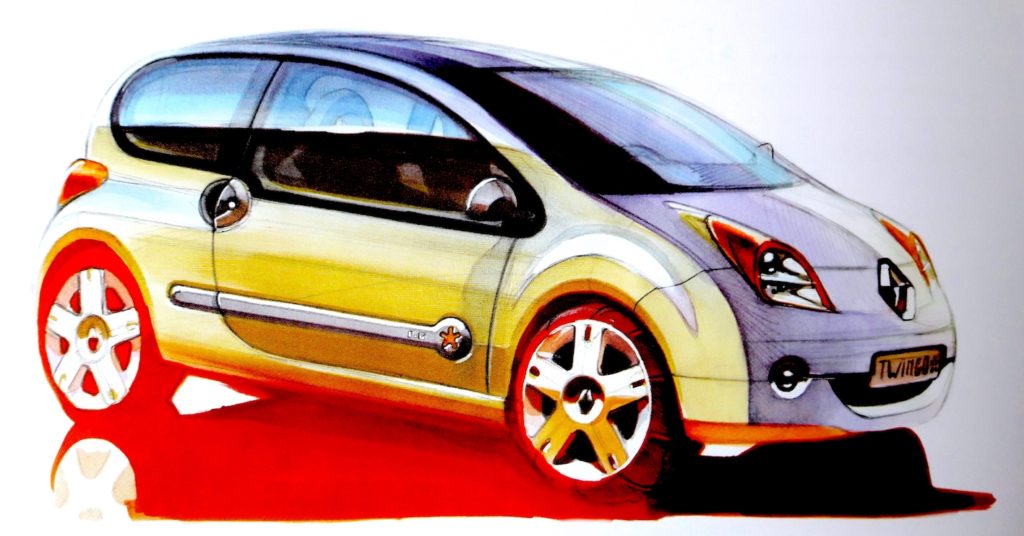
But when your Twingo II project is finally postponed at the last minute, you come home in a bad mood, right ?
F.L.: “What you feel is proportional to the time you spend on the project. Disappointment is proportional to commitment. And commitment is time. As time goes by, the more the model evolves, the closer you get to the serial phase and the grail of seeing your vehicle drive one day in the street, the greater the disappointment of not having been retained ! So yes, clearly, that night, I came home in a bad mood ! But the designer is working on his ability to bounce back. It’s a bit like crashing the first time on a motorcycle, if you don’t get back on it very quickly, there’s little chance you’ll get back on it very reassured later… »
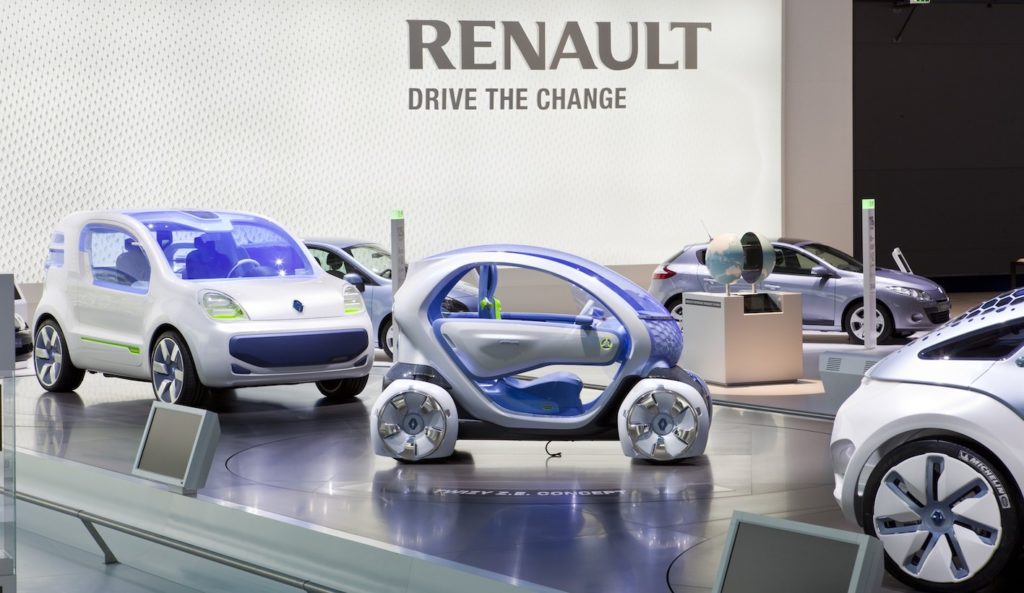
Patrick Le Quément sends you to change your mind in the Barcelona office and there, create you, always and again. The Twizy in particular?!
F.L.: “In April 2007, I actually went to the Barcelona studio. I am lucky to have a blank page there, which is very rare ! The subject was as follows : if we imagine a future range of electric models, beyond cars as they exist, what can we imagine that does not yet exist and that would complete this range of electric vehicles. A series of concepts were then created in just two months, in the form of small models, and in the summer of 2007, a panel of vehicles was presented, from scooters to four-seater cars. In these projects, there is the car that carries Twizy’s genes, which has the chance to continue because of its potential. In September, we resume the project and I take care of the two-seater, four-wheel proposal (there was then a one-seater, three-wheel proposal). We’re going on this project with a model maker and Eric Diemert. We develop ergonomics with foam blocks, we imagine the chassis, we raise the curvature of the windshield on a BMW C1 scooter… We went far beyond strictly automotive knowledge. »
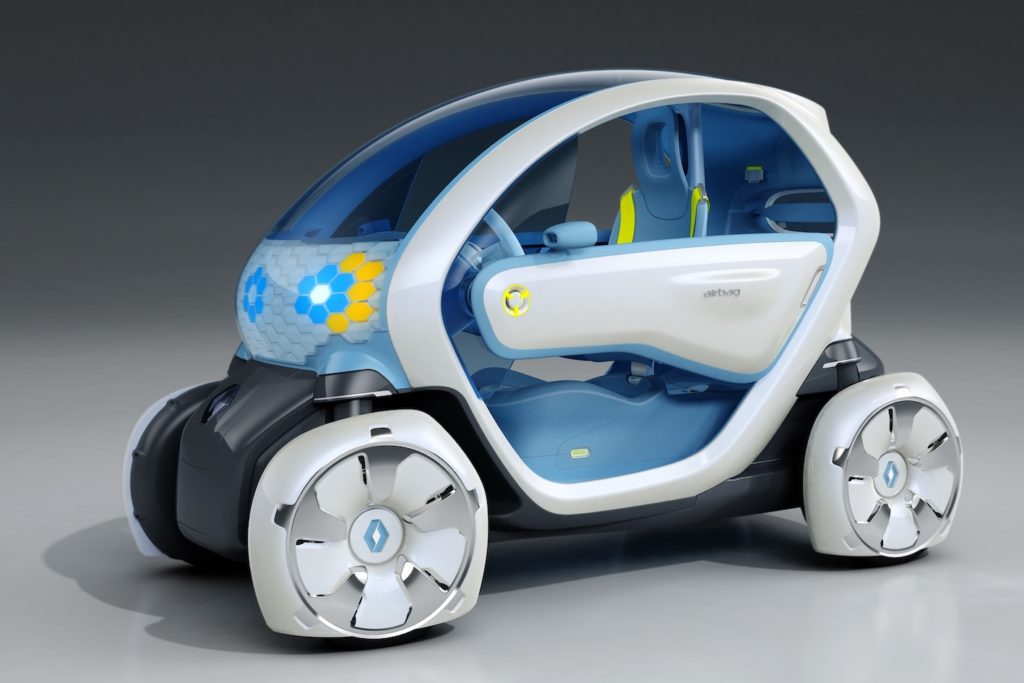
And it’s the arrival of Laurens Van Den Acker in 2009…
F.L.: “Since I started working at Renault, I’ve always been asked to work on the series because obviously I was doing pretty well. But deep down, since school, my ideas are rather conceptual. I like to dive into the future world with radical ideas. So after working on the new Renault identity when Laurens arrived, then on the renewal of minivans, and more particularly the Espace, Laurens came to offer me the position I currently hold, following Stéphane Janin’s departure from Infiniti. »
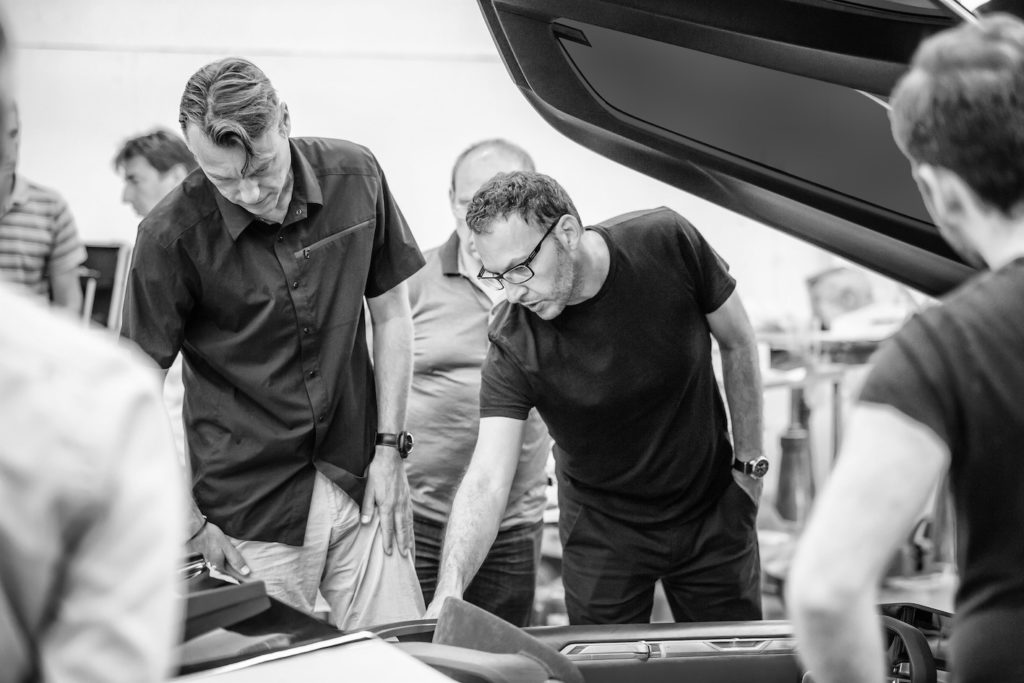
The job is totally different ?
F.L.: “Yes, when I was studio manager, we had a large team to replace the Renault and Dacia models for the next four years. With the designers who made up the team, I could distribute the workload. Today, it is obviously different. We are thinking two years in advance about the concept car calendar. But the timing is not the same as the series’, it is compacted. And the goal is not the same. A studio manager should always keep in mind that the goal is still to sell cars! This does not prevent the designer from enjoying himself, of course. The role of the concept car is different, it must enchant, make people dream as in our childhood, make everyone’s eyes shine! Design must produce these same emotions in its scketch ; that’s what I’m looking for in the team’s proposals ! »
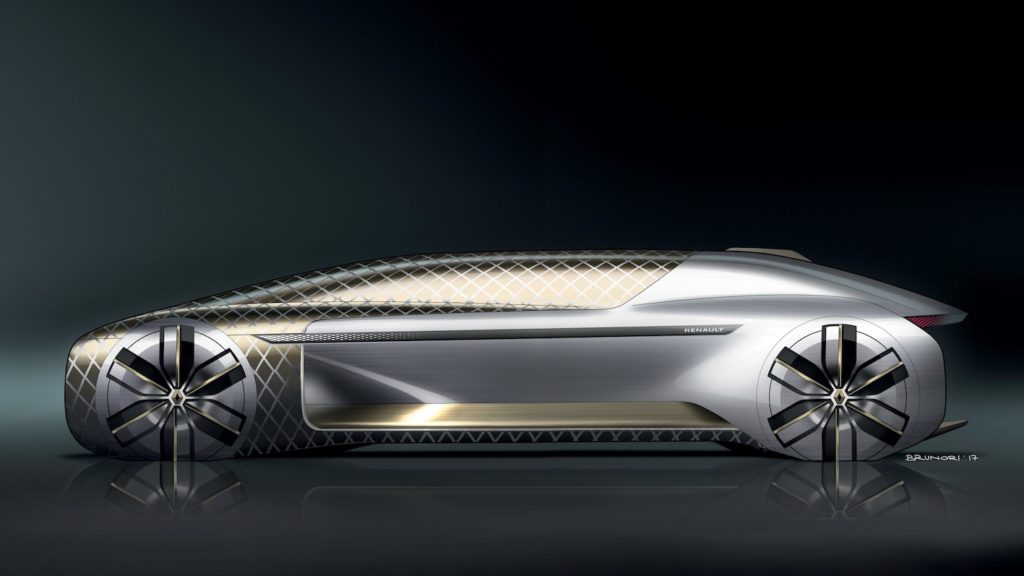
However, working on the TreZor concept car and the EZ-Go are two totally different approaches !
F.L.: “These are not different approaches in terms of design, but different approaches in terms of codes. The same codes are not used on the two projects. In society, codes are important, especially for young people, and this is obvious in the field of clothing or mobile phones, for example. With age and a certain wisdom, we can ignore the codes. There is also a bias towards the rejection of codes in the creative world. But reflection on codes is the basis of design: it is not a reflection on the car, but on the codes of today’s society. At one time, it was necessary to break codes to exist – it still works today – but their acceptance and understanding are finer than before among young people, thanks to their digital culture in particular. They have a better perception of the interplay of proportions, automobile codes and their reinterpretation, even if we play very subtly on these codes, they perceive it much more quickly than before. »
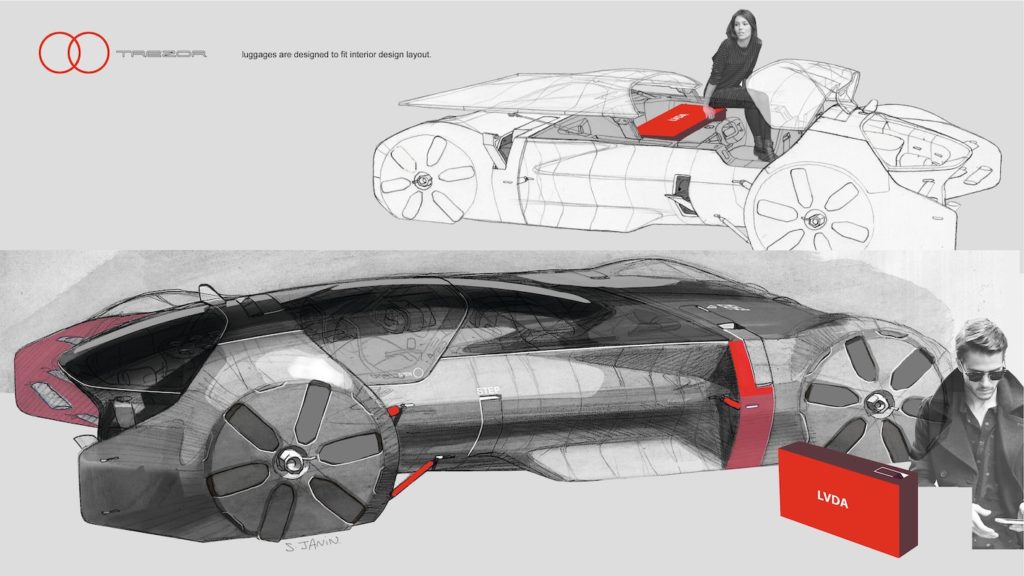
So there is a risk that the style will age faster ?
F.L.: “This is a risk inherent in any industrial creation, the acceleration of product ageing is due to rapid renewal and competition. There are far too many proposals in many areas. We can even say to ourselves sometimes that a beautiful design will not change anything ! What must design bring then : it is the fundamental question of designers since the post-war period. It means that we have to think more about our fundamentals : what should we tell as a story so that the object is more durable, stronger and timeless, so that it is not just based on style. That would make it fragile over time. That’s a fundamental question ! »
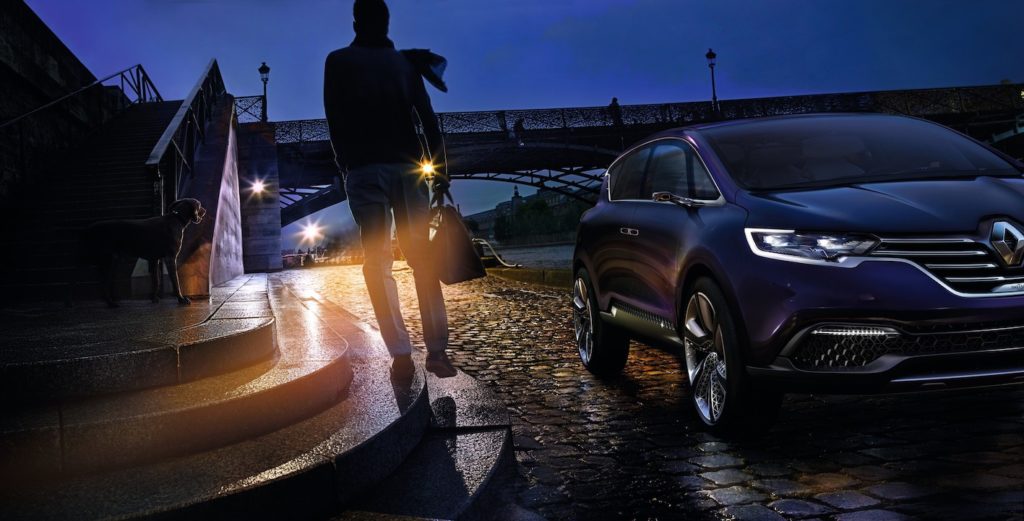
You are responsible for the design of concept cars, but what is your definition of the concept car ?
F.L.: “As a designer, I have always expected a concept car to have an obvious side. It must be a rolling object that will tell a story of a credible, probable and inspiring future. It must mark me to the point that it will mark my life, and will always come out at some point. There are some great concept cars that I use as a reference point… It’s kind of an ideal. Renault concept cars are one of the reasons I came here. It was visual flashes that moved me ! »

